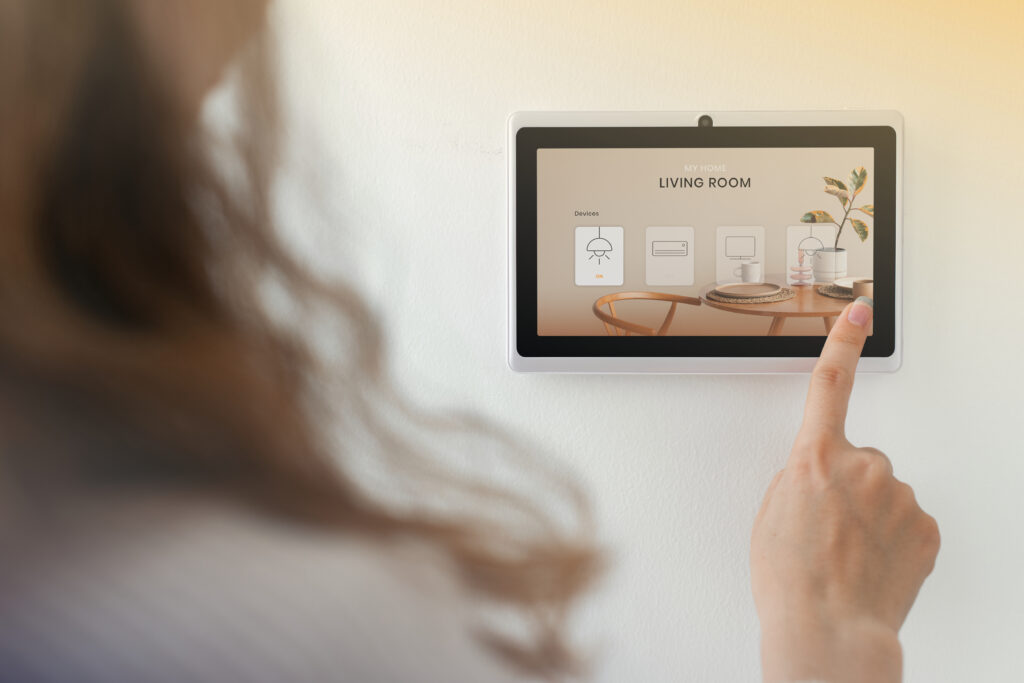It has become clear that smart home gadgets have seamlessly integrated into our everyday lives. They’ve become our virtual assistants, security guards, and even personal chefs. But behind their shiny allure, a question lurks in the shadows: Are these devices compromising our privacy? As our homes become increasingly connected, our personal data — from our daily routines to our voice recordings — is being captured and stored in ways we may not even realise.
How smart home devices collect data
Smart home devices, from Amazon’s Alexa to Google’s Home, have become ubiquitous in modern households. These devices offer convenience and efficiency, but at what cost? Around 22 billion internet-connected devices were in use worldwide in 2018, and the number is projected to grow to over 50 billion by 2030. Whether asking about the weather or setting a reminder, each interaction with these gadgets is recorded and stored in vast data repositories.
This data collection isn’t limited to voice commands. Smart devices can also capture data about your daily routines. For example, a smart thermostat learns your preferred home temperature at different times of the day. A smart fridge might know the contents of your refrigerator and when you’re likely to run out of milk. This data is returned to the device’s manufacturer, creating a detailed profile of your habits and preferences.
The data collection extends beyond individual devices. Many smart home gadgets are connected, forming an interconnected network known as the Internet of Things (IoT). This network allows for seamless integration and automation, but it also means that another can access data collected by one device. Your smart lightbulbs, security cameras, and even your washing machine are part of a data collection ecosystem.
Privacy risks associated with smart home gadgets
The wealth of data collected by smart home devices presents several privacy risks, and one of the primary concerns is the risk of data breaches. Large tech companies have been the target of numerous cyberattacks, with hackers seeking to access their vast repositories of user data. If successful, these attacks can expose sensitive information, such as your home address, daily routine, or credit card details.
A lesser-known risk is data misuse by the device manufacturers themselves. Not all companies have the same level of commitment to user privacy. Some may sell your data to third parties, such as advertisers, who use it to create targeted ads. Others may use the data to improve their products or develop new ones without explicit user consent.
Additionally, there’s the risk of surveillance. Smart home devices, particularly those with cameras or microphones, can potentially be used to spy on users. While this risk is relatively low for most people, it’s a significant concern for those in sensitive positions or with high privacy needs.

Real-life incidents of privacy breach
The privacy risks associated with smart home devices aren’t just hypothetical. There have been several high-profile incidents where these devices have breached user privacy. In 2018, a Portland family discovered that their Amazon Echo device had recorded a private conversation and sent it to a random contact. Amazon responded that the device had misinterpreted background conversation as commands, highlighting the risk of unintended activations.
Another incident involved a security flaw in the popular Ring doorbell cameras. The flaw allowed hackers to access the camera’s video feed, potentially spying on the homeowners. In a more alarming case, hackers could speak to a young girl through a hacked Ring camera in her bedroom. These incidents underscore the risks of smart home devices and the importance of strong security measures. But these are just a few examples of privacy breaches. We will likely see more such incidents with the proliferation of smart home devices.
Understanding user agreements and privacy policies
One of the most effective ways to protect your privacy with smart home devices is to understand user agreements and privacy policies. These documents outline how the device manufacturer collects, stores, and uses your data. They also detail your rights as a user, including any data deletion options or data sharing opt-outs. However, these agreements are often lengthy and filled with jargon, making them difficult for the average user to understand. Some companies exploit this, burying controversial practices deep within the text. To truly protect your privacy, it’s essential to take the time to read and understand these agreements. Look for clear explanations of data practices and be wary of broad permissions or vague language. Remember, you’re not just buying a product when you use a smart home device. You’re entering into a relationship with the company that made it. Make sure that this relationship respects your privacy.
Another way to help your privacy regarding the prying eyes of smart gadgets is to limit the data you share with your devices. For example, don’t link your calendar or contacts to your smart speaker unless necessary. Be mindful of the information you provide in your voice commands. Finally, regularly check and clean your device’s history to minimise the amount of stored data.

Future of privacy in smart homes
As smart home technology continues to evolve, so does the privacy landscape. Currently, the focus is mainly on the user to protect their privacy. However, as awareness of privacy risks grows, we expect to see more proactive measures from manufacturers. This could include better security features, more transparent data practices, and easier-to-understand privacy policies. In the longer term, we might shift towards decentralised smart home systems. These systems store data locally rather than in a central server, reducing the risk of data breaches. They also give the user more control over their data, allowing them to decide who can access it and for what purpose.
The future of privacy in smart homes mainly depends on us, the users. By demanding better privacy protections and being mindful of our data, we can help shape a future where smart home technology is convenient and secure.



